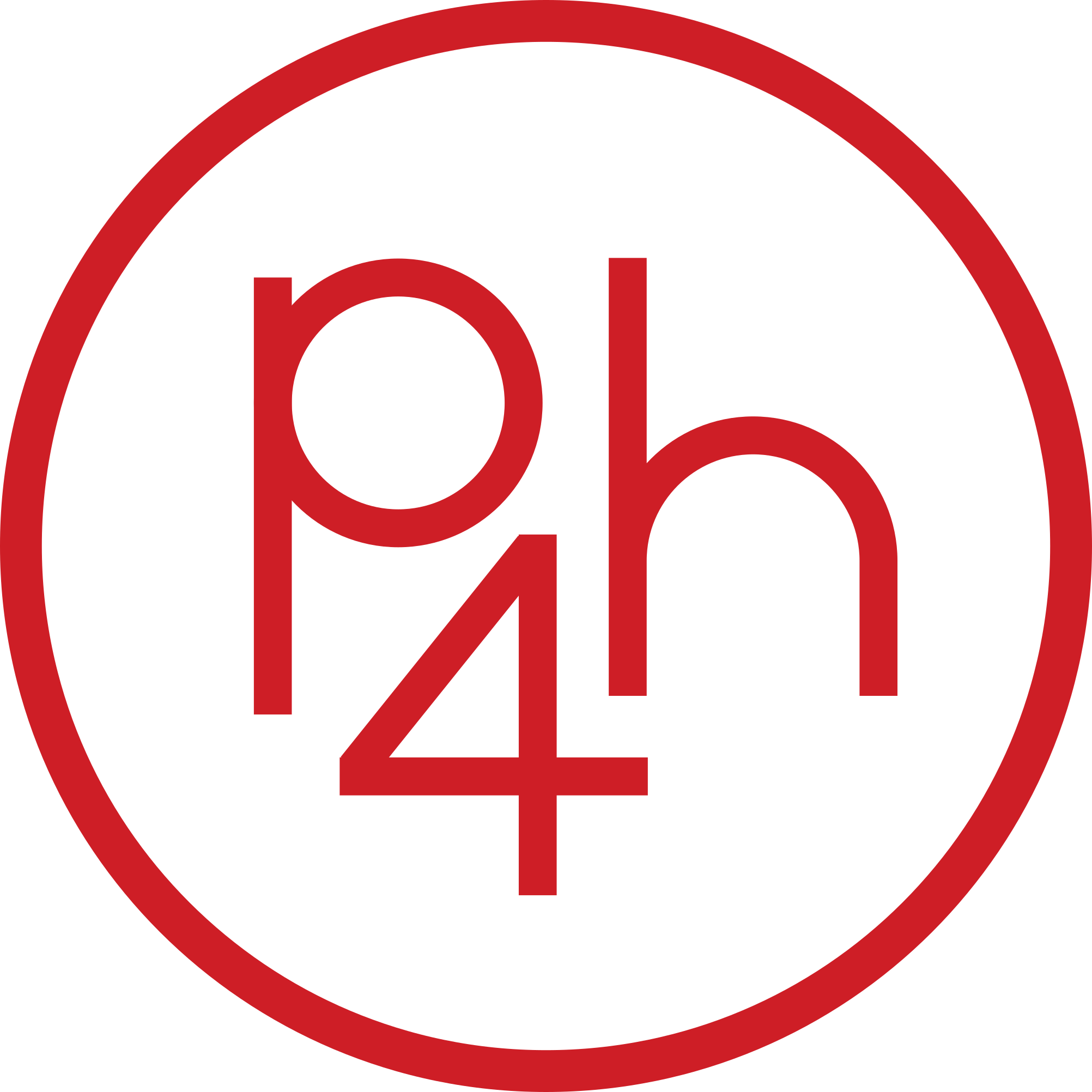A Mile Wide and An Inch Deep - Why Organizations’ Top-Line Numbers are Missing the Point
The goal of any nonprofit is to have a real, meaningful impact on people’s lives. But all too often, the way that organizations demonstrate their success is through top-line numbers that show how many people their programs reach [1]. While the scale of a program provides meaningful context, it certainly misses the most important point — how each of the individuals in a program are being impacted.
If nonprofits exist to make a tangible difference in people’s lives, why do we spend so much time talking about the number of individuals reached by a program instead of how those people were impacted by it? This is partly because we want to believe that this work is easy. When you focus on how many people participate in a program, you don’t have to think about how truly beneficial it is for each person. Because donors and supporters are compelled by big numbers and heartwarming stories, nonprofits that briefly interact with thousands of people often make more money than those who deeply impact the lives of a few dozen.
This dynamic is stifling progress on the issues that matter to us most. Making progress on alleviating poverty or providing quality education requires programs that address the systems that create these problems, rather than the symptoms that result from them. Profoundly impacting a small number of individuals produces better outcomes than simply reaching thousands. This is especially true when an organization has limited resources (as all nonprofits do). Spreading resources thin — in order to reach as many people as possible — often means that you are unable to have a meaningful impact on anyone. If we care about changing people’s circumstances, we need to pay a lot more attention to how an organization affects people’s lives and a lot less attention to its top-line numbers.
This way of thinking has led P4H to rigorously evaluate the impact of our programs. Our motivation to be a research-based, impact-driven organization is why we incorporate the most credible evaluation techniques that are currently feasible. Recently, we began measuring the impact of our In-School Professional Development program through a rigorous three-year evaluation. Each of our partner schools receives regular classroom observations and pre/post exams that measure teachers’ knowledge-gain throughout the program. Through these evaluations, we are able to measure far more than the number of teachers that received training. We are able to provide in-depth reports that demonstrate the progress made by each individual over the course of the training.
The unfortunate reality is that development work is hard. We are not going to see an end to systemic poverty through brief interactions or heartwarming stories. We are only going to make progress on these issues when we accept that this work requires tedious research and constant evaluation — when we start to value impact instead of reach.
[1] In fact, we have been guilty of this in the past. You can see the maturation of our evaluation methods over time here: https://p4hglobal.org/annual-reports/.

